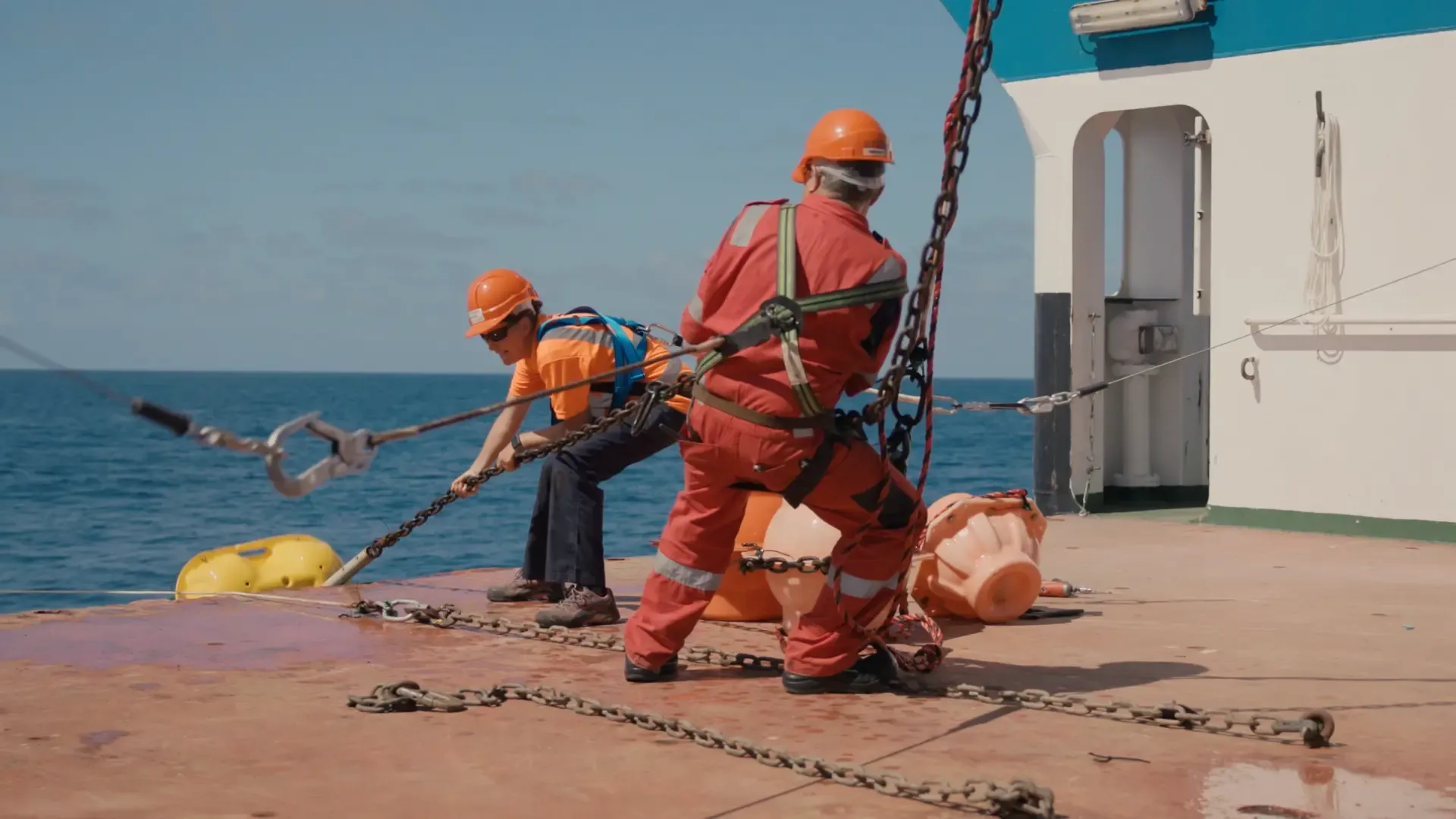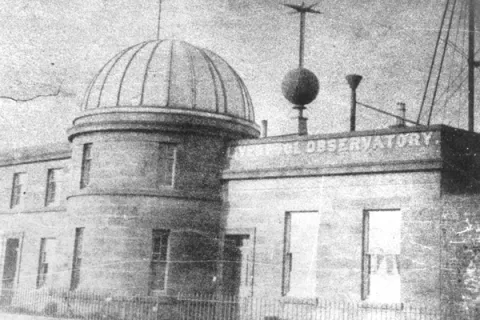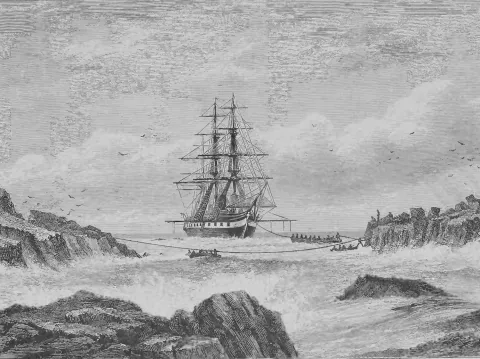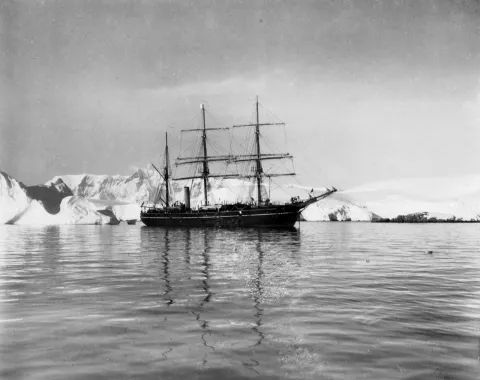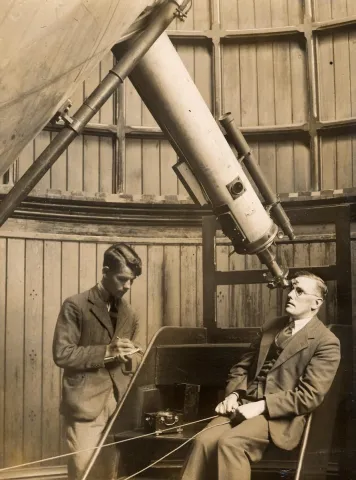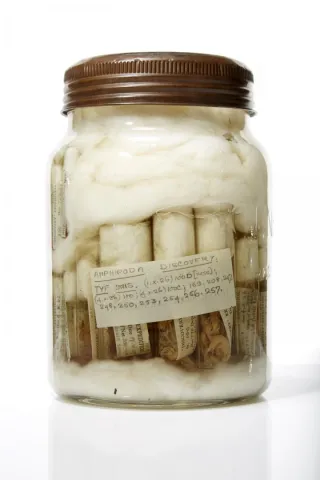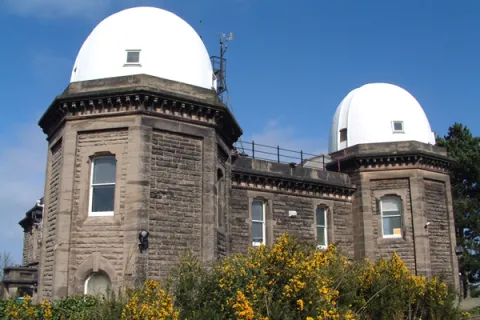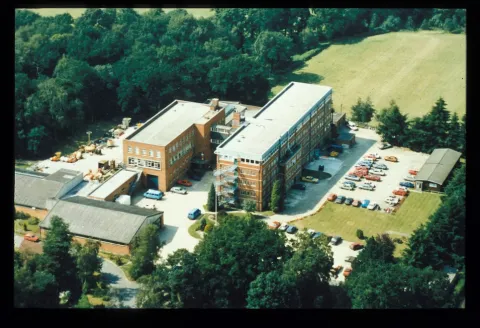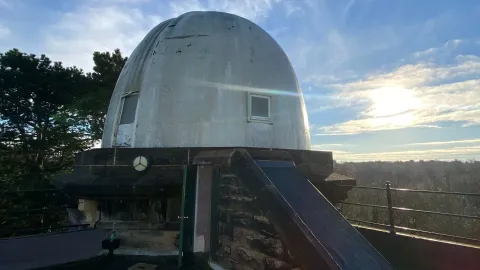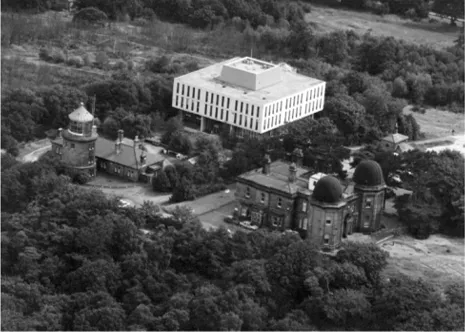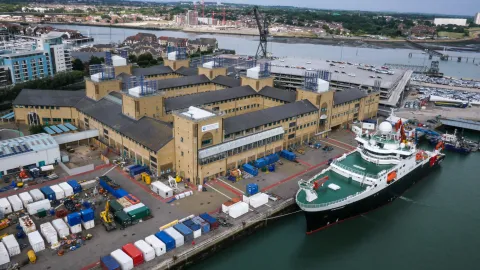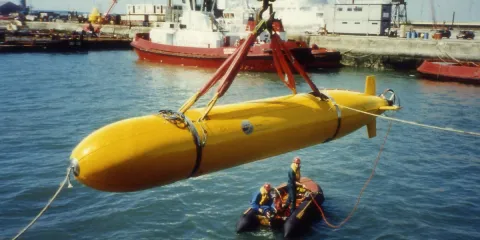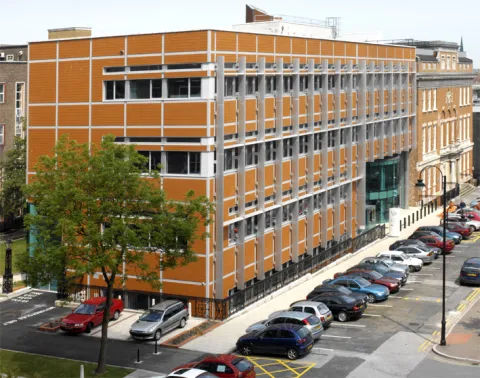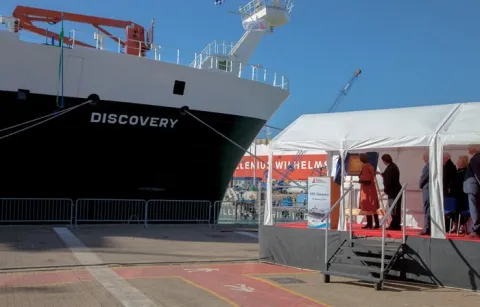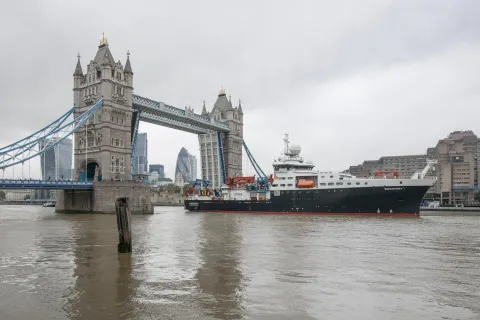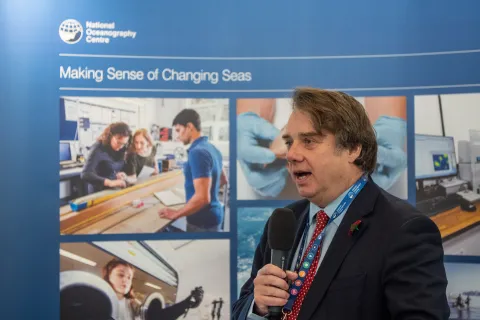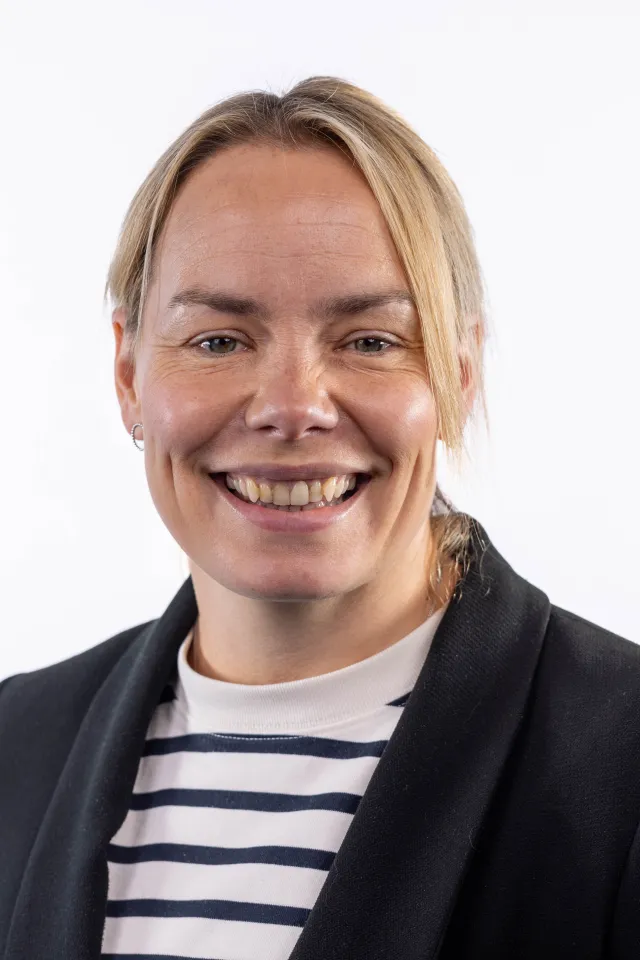Bringing Together Engineering, Digital and Marine Science To Meet Society’s Big Challenges
With a legacy spanning over 180 years, the National Oceanography Centre is a world-leading oceanographic institute based in the UK, with key sites in Liverpool and Southampton. We operate two state-of-the-art research vessels, RRS Discovery and RRS James Cook.
Our dedicated team of scientists, engineers, and researchers explore a wide range of ocean science topics, driven by a mission to deepen understanding of ocean health amid a changing climate. Our work shapes global policies and fosters industry collaboration to protect the ocean and tackle the pressing challenges of our time.
Recognising The Importance Of The Ocean And Climate
We conduct cutting-edge research from coastal zones to the deep ocean, addressing critical environmental challenges and advancing knowledge.
Renowned for developing advanced marine technology, NOC enhances our ability to explore and understand the ocean’s most remote and unexplored regions.
As the UK’s leading marine research centre, we work closely with governments and industry to ensure science underpins smart, sustainable decisions.
We partner with research organisations, charities, and other sectors worldwide to raise awareness of ocean health and its vital role in everyday life.
Our Sites
The National Oceanography Centre operates from multiple key locations that drive ocean science forward. Our main hubs in Southampton and Liverpool house world-class research facilities and specialised marine laboratories. Meanwhile, our research vessels, RRS Discovery and RRS James Cook, take us on pioneering expeditions across the globe.
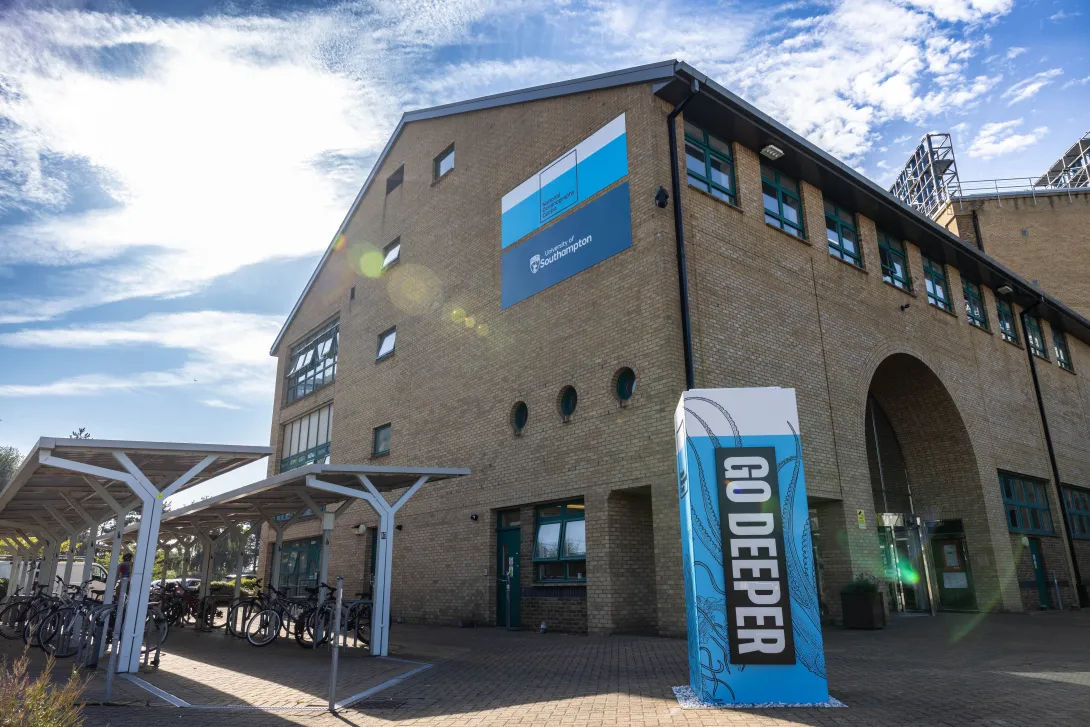
Southampton

Liverpool

RRS Discovery
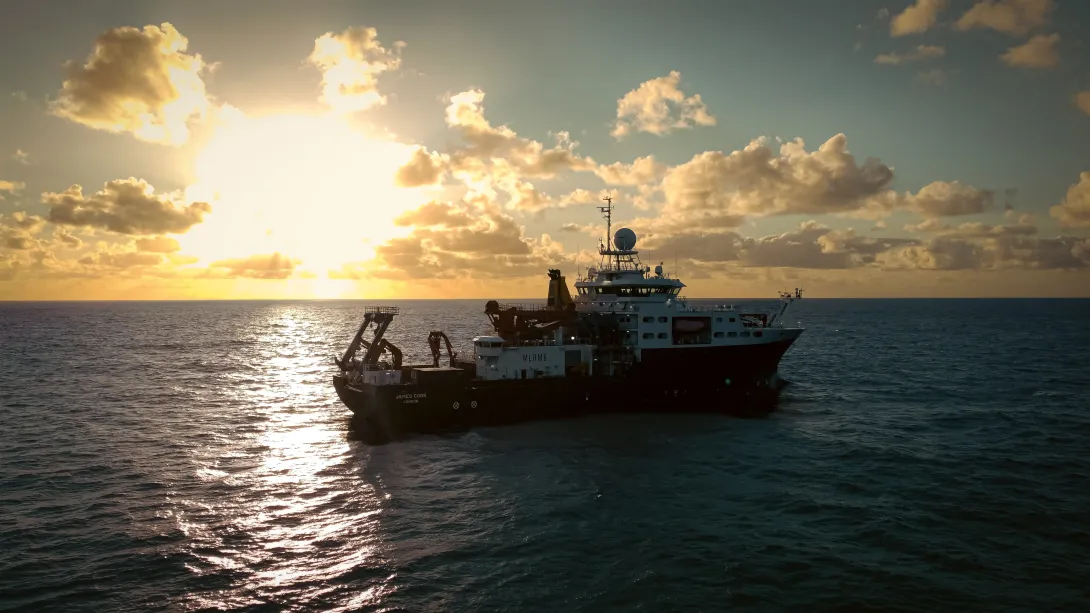
RRS James Cook
Our Leadership Team
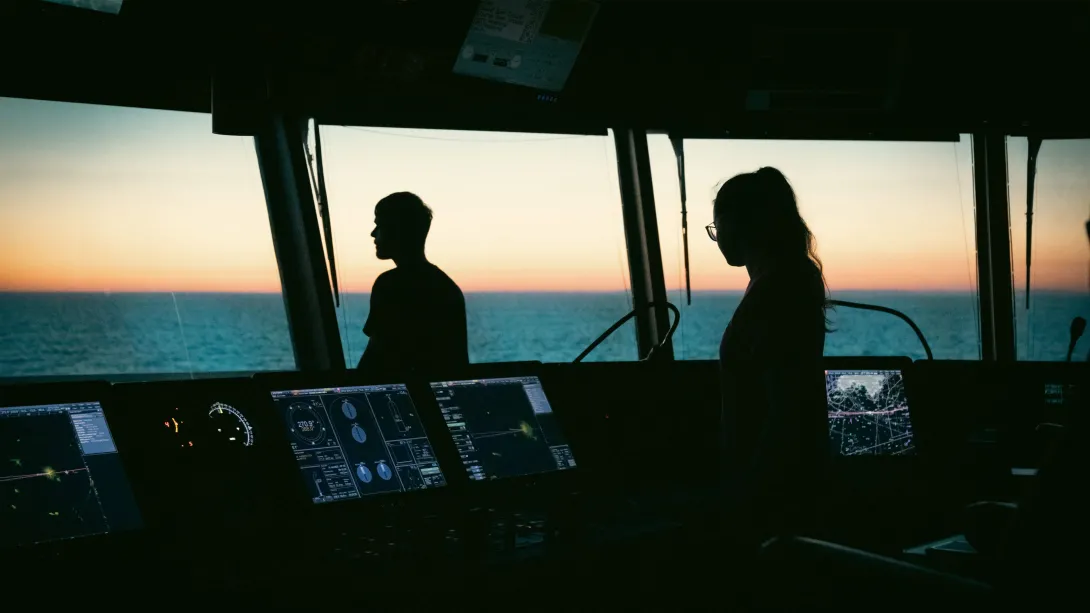
Advancing The Frontiers Of Research And Innovation: Read The 2025-2035 Strategy
Discover our vision for a healthier, more resilient ocean. This strategy sets out the actions needed to protect marine ecosystems, drive innovation, and secure a sustainable future for everyone.


